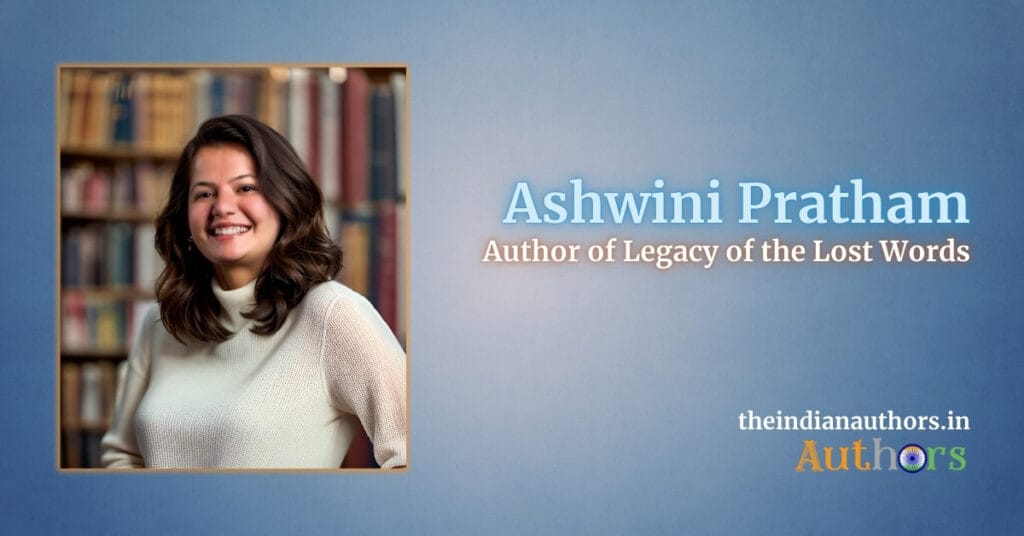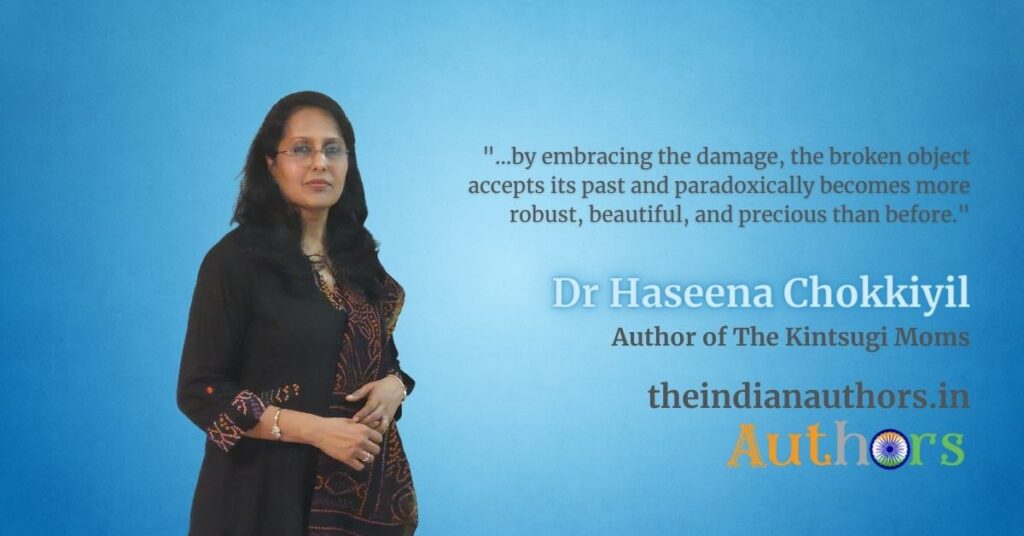Indian English literature is not a new phenomenon. It is old. It is, at least, two centuries old. Hindi literature in India dates back to the early years of writing, the years of Meerabai and Tulsidas. And even before that if we count other literary figures who wrote in various other scripts but were popularised by Hindi translations or simplification of their manuscripts. Sanskrit and Tamil literature are older than we could imagine. What I am trying to propose in this article is the inclusion of a wide range of social imagery in literature or any particular language so that we can have diversity instead of the monotonous repetition of the same and ongoing themes, sets of characters and even plots that have become mundane enough to suck the stream of excitement and interest out of the works that are published. The novels by Amish Tripathi or Neelakantan works by Chetan Bhagat or Durjoy Datta, even the novels written by Amitav Ghosh and likes of him are not bereaved of repetition. Ashwin Sanghi can easily be put there with Amish Tripathi but he has a different style that makes his work appear unique once readers begin reading.
Not only English, repetition has also gripped the Hindi literature except for a few exceptions that are rare to observe. Poems composed by Kumar Vishwas and his generals, novels written by emerging Hindi novelists like Divya Prakash Dubey and those inspired by him… when you observe carefully, you will find many parallel lines between the works by any writer and it certainly corners the excitement in the readers. More than that, and importantly, this restricts the literature to a certain reader group that finds resemblance in characters or predicaments of those. Isn’t it problematic?
Non-fiction writers in India have been vested in various interest areas and they have been notably distinct in their approach. Even the writers who have spent their lives writing in the same genre could bring new items within their limited ambit of work. Nevertheless, one has to keep in mind that non-fiction authors enjoy certain liberties that fiction writers cannot have. Realism looks ideal in non-fiction and it can be presented with little or no fabrication at all. In fiction, an author has to be constrictive, use reality to forge imagery and then present it to the readers in a way that they like and appreciate and also do not criticise the author for the extreme or bare minimum.
The question is – what can Indian authors do to ensure that the literature they produce is able to touch all the corners and check all the essential marks? What should guide them to keep themselves accessible to every possible group in society? Specialist is a tag that should conveniently suit a non-fiction author or an academic one. However, a fiction writer known for dexterity in any certain direction is certainly not an ideal person to be. It only defines the boundaries of their craft of fiction. And once it is defined and well-known, other readers who are not interested in that particular speciality might never be approached by the works produced by such specialist writers.
Shakespeare and Premchand are popular even today because they could produce works that appeal to all the classes of our society. Tulsidas composed a simplified version of Ramayan, in the form of Ramacharitmanas, and is sung by all the classes of society in India and abroad because he did not limit his craft of writing to any singularity. On the other hand, Harry Potter will only be read by those who are interested in juvenile fiction. Though Rowling also wrote novels for grown-ups, those seldom reached the dedicated audience intended by the author. Her speciality came in the way.
Don’t be a specialist if you are writing fiction. Try to craft characters from different social backgrounds and different ideologies. Learn the art of managing the timeline, plot, themes and sets of characters in a way that does not restrict the readers from associating with characters others might find useless or not associate with. This is the art that makes someone a successful writer.
Written by Amit for The Indian Authors




